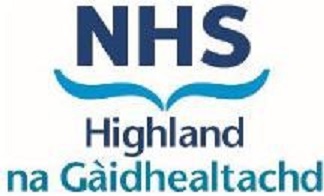Double vision (diplopia)
Two separate or one blurred image?
True Diplopia
Blurred vision
Diplopia still present with each eye covered separately?
See visual loss algorithm (Figure 3.2)
Yes
No
Monocular diplopia
Binocular diplopia
Still present when patient looks through a pinhole?
How are the 2 images seperated?
Yes
No
Horizontally
Vertically
Cortical abnormality
Media opacity, usually cataract
Ask the patient to look to the side that makes the diplopia worse
Aniscoria or ptosis present
Aniscoria or ptosis absent
CN III palsy
Possible aneurysm - refer physicians urgently
Eyes converge
Eyes diverge
Signs of thyroid orbitopathy present
Signs of thyroid orbitopathy absent
CNVI palsy
Internuclear ophthalmo-plegia
Restrictive myopathy usually tight inferior rectus
CN IV
| KEY: |
| |
Refer urgently: see Protocols overnight |
| |
Email letter same day* |
| |
Refer community optometrist |
| |
Non urgent letter |
| *Book Ward 4A appointment following day if seen overnight. |
